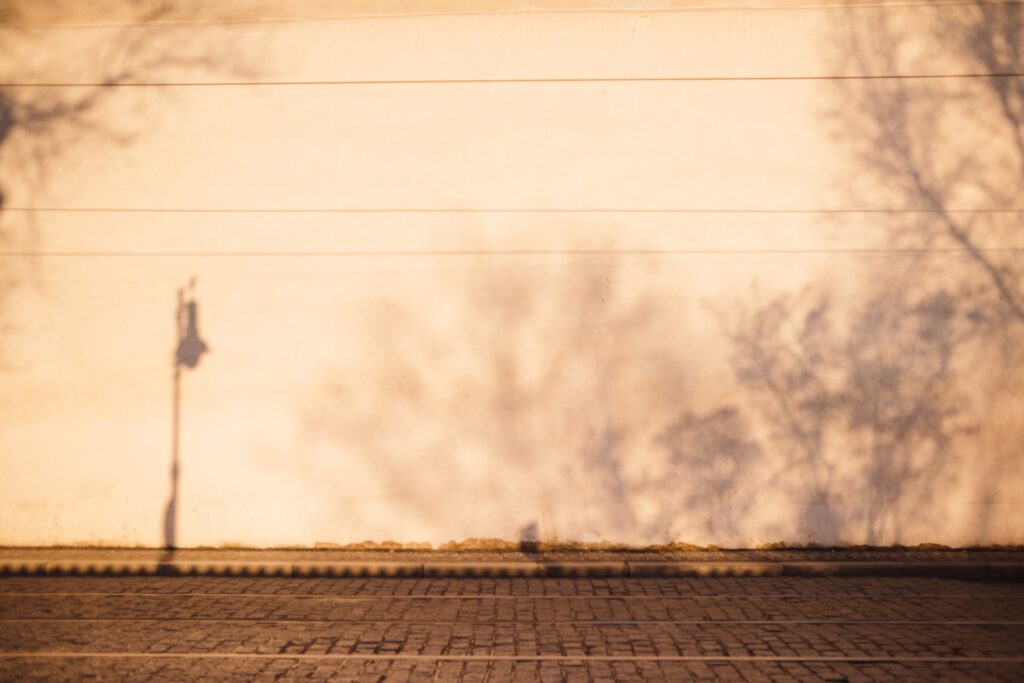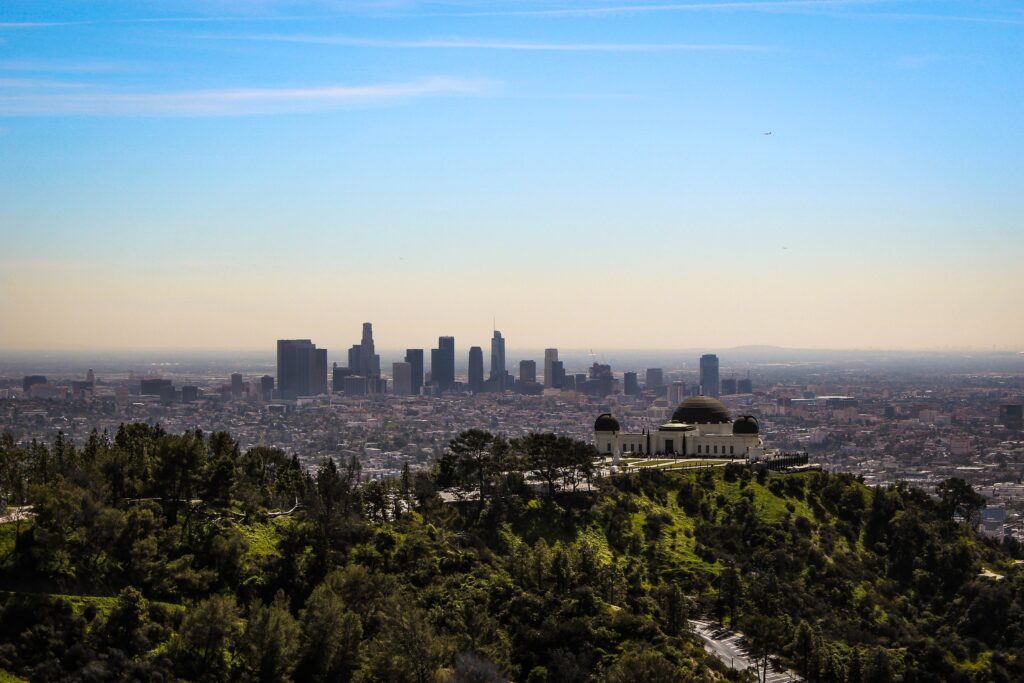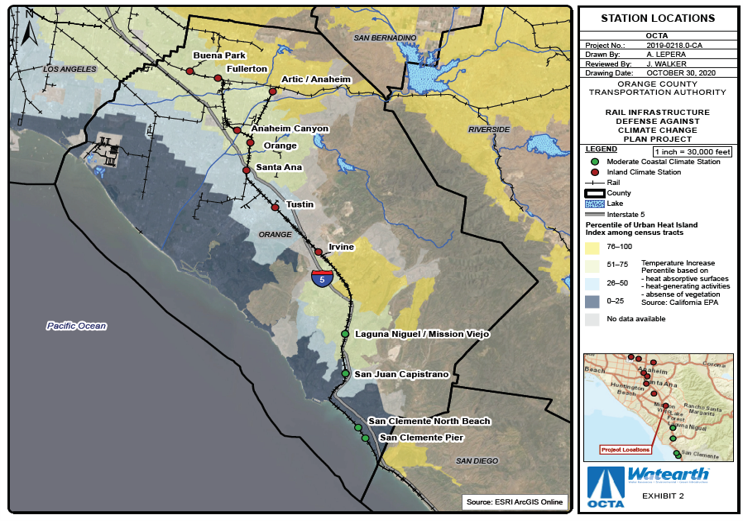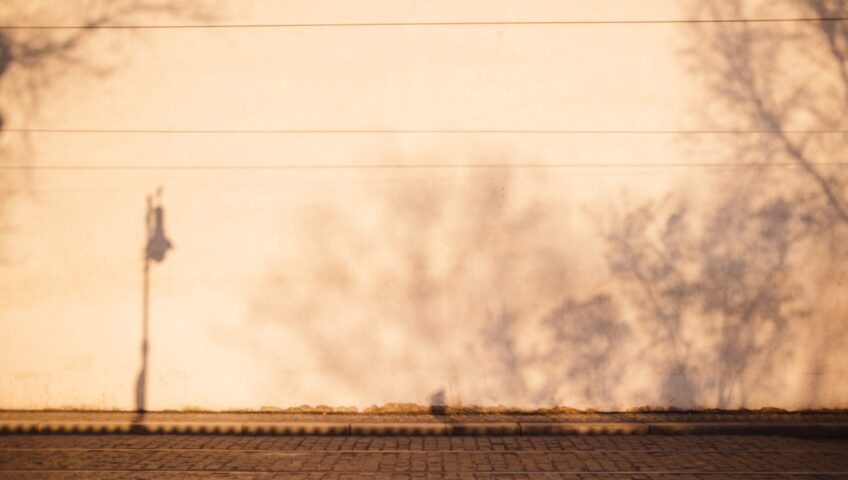Well over 140 million acres of America’s forests are located in urban areas. While many of us encounter trees within our cities and towns daily without a second thought, perhaps we should consider the implications of a sidewalk or other public space without trees.
As we see significant changes in climate and temperatures rapidly increasing over time – the 10 warmest years on record have all occurred over the last 16 years – planting trees is an effective way to combat these issues and provide a valuable resource: shade. It’s time to start treating trees like infrastructure by providing adequate space for roots and selecting appropriate trees for water use, climate resiliency, shade. Trees should be considered as elements in road right-of-ways, parking lots, and as resources within urban areas.
Shade canopies are particularly necessary in highly developed areas, which are more likely to experience the urban heat island effect. Urban heat islands occur when cities replace natural shade covers with areas that absorb heat, such as pavement, buildings, and asphalt.
Urban heat islands have numerous concerning outcomes, including health issues for those living in the impacted areas, as well as increasing greenhouse gas emissions and energy usage. From heat stroke to increased use of air conditioning and electricity, not prioritizing green solutions will be detrimental to humankind. Looking ahead, we can see the benefits of prioritizing green solutions such as clean air and renewable energy.

Stock image via Pexels.
In recent years, however, cities and constituents have taken a growing interest in climate change solutions, including investments in urban forestry. However, not all forests are created equal, and in many areas lower income persons of color are on their own island.
In Los Angeles, former redlined areas are 7.6% warmer than their wealthier neighbors, who take up the majority of the shade. However, in 2021, LA is looking for a more equitable approach to make improvements in impacted areas. The City of Los Angeles is seeking to plant 90,000 more trees in 2021, with a special emphasis in previously neglected areas; they are hoping to increase their canopy by over 50% in the next seven years.

Stock image of Los Angeles via Pexels.
If Los Angeles and other American cities can remain consistently dedicated to improvements in urban forestry and continue to grow these forests, the results will be immense in the era of global warming. Shaded areas can often be between 20-45F cooler than unshaded areas, leading to less energy consumption. Additionally, health will improve as several environmental factors do. With more trees planted, we will see a massive decrease in greenhouse gas emissions and reduced air pollution. Water quality will also improve as trees infiltrate more groundwater and reduce surface runoff.
Here at Watearth, we are proud to work on projects that make our cities sustainable for the future. We are working with the City of Houston within the communities of Gulfton and Kashmere Gardens to provide planning services on their sidewalks to limit flooding and surface run off. Additionally, in Los Angeles, Watearth has worked with the city in creating an Environmental Impact Report (EIR) for the city sidewalks, specifically addressing tree canopy cover, examining the water quality impacts, and developing mitigation plans. Furthermore, Watearth has worked with the Orange County Transportation Authority (OCTA) looking at ways shade-providing plants can create safer railway stops for people waiting for their ride.

If you would like to learn more about Watearth and our services, please visit our website. We are happy to discuss your sustainability or resiliency green infrastructure projects.
If you’d like to learn more about how you can help low canopy areas in Los Angeles, visit the City Plants website.

